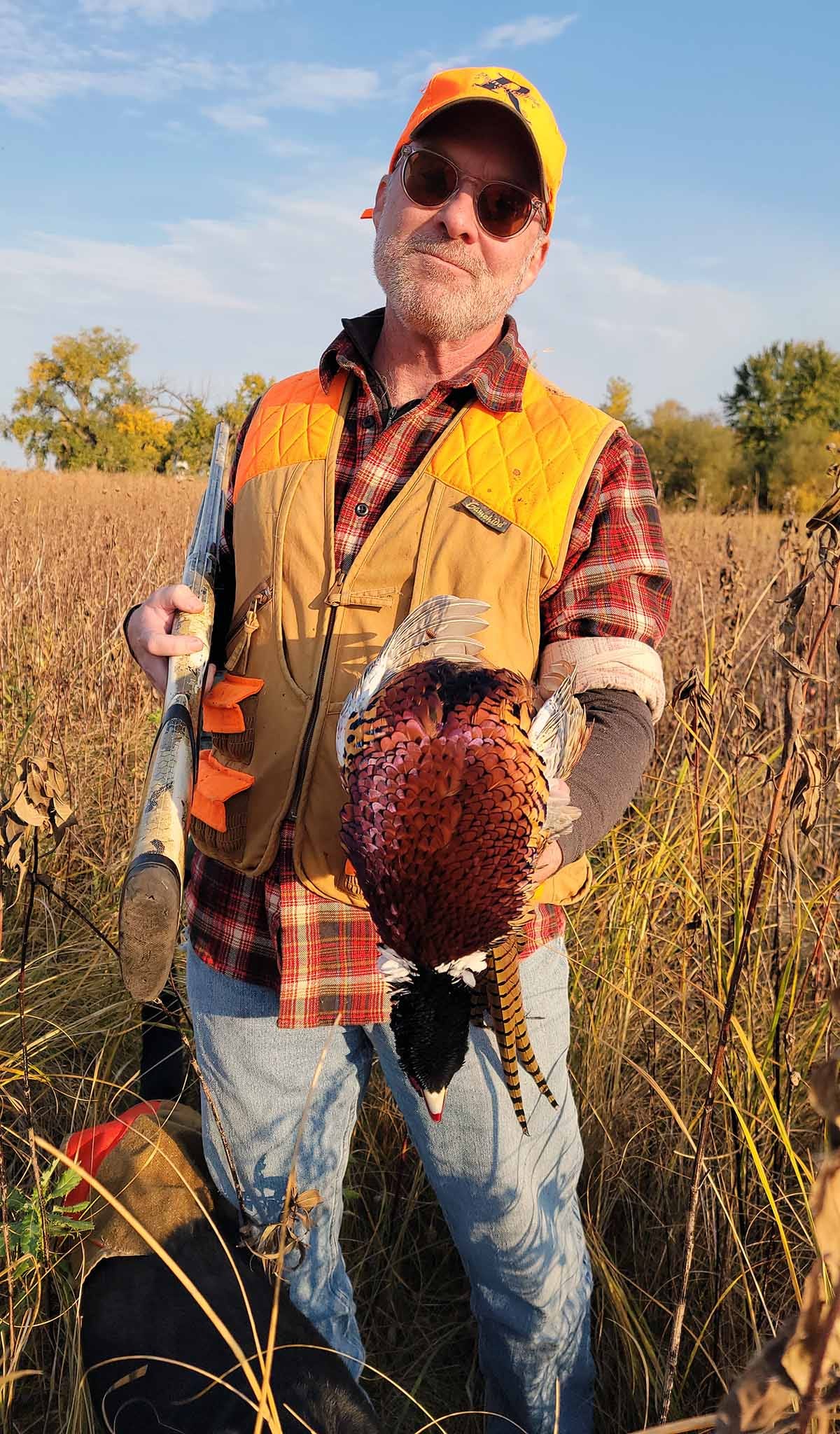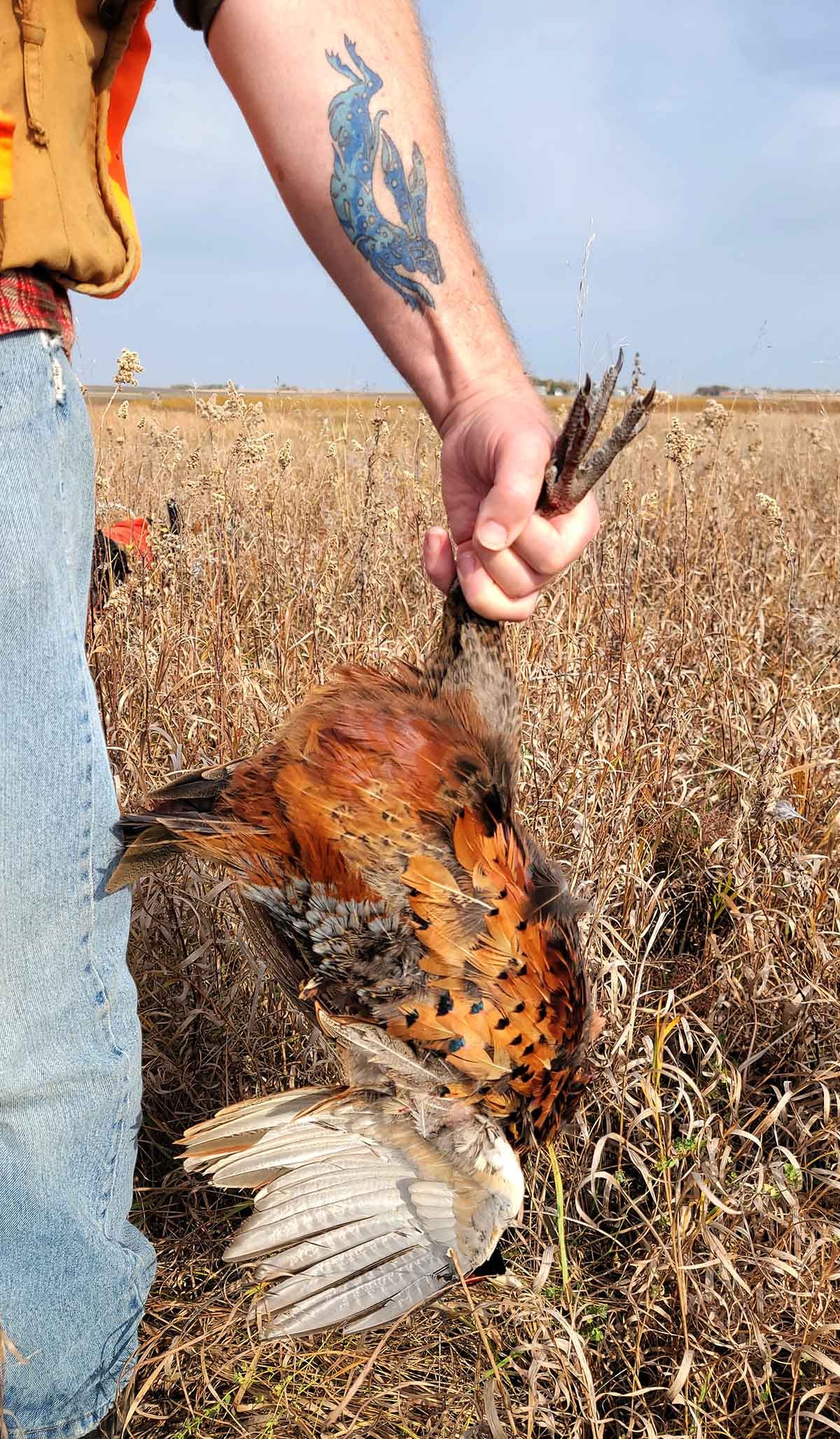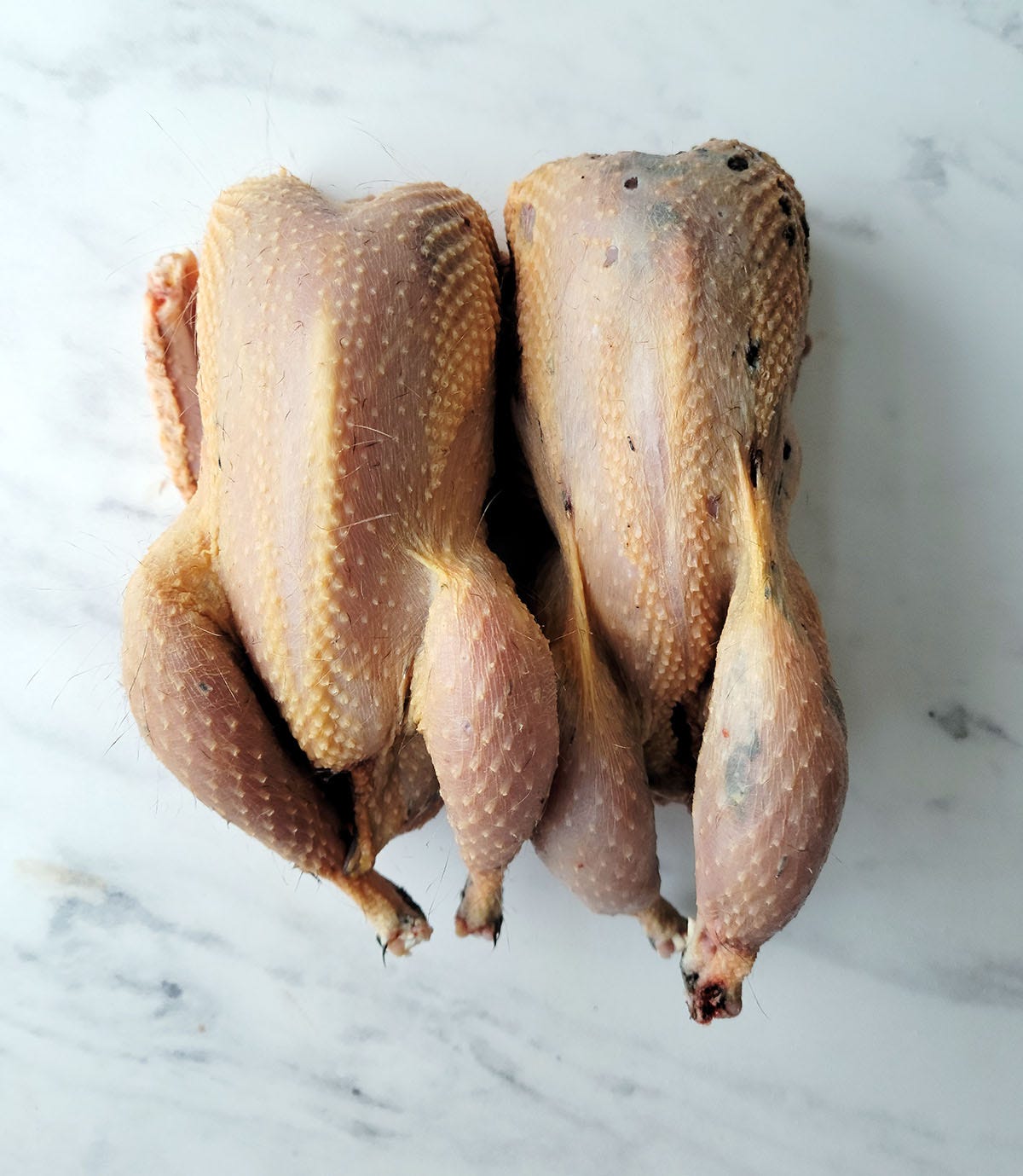I am fond of saying that hunting birds, especially upland birds, is an entirely calorie negative endeavor. Long walks, tired legs, soreness — all leading to a bird or three.
This can’t possibly be worth it, can it?
I contemplated this as I high-stepped through mats of reeds and bulrushes and cattails in a dried-up wetland in southwest Minnesota on our state’s pheasant hunting opener a couple weeks ago.
Unlike hunting for Hungarian partridges and sharp-tailed grouse, which need cover but not cover that is appallingly thick and difficult to walk through, pheasants really dig the thick stuff. Cattails especially. Busting your way through it can be grueling.
Head into the woods, and chasing ruffed grouse and woodcock isn’t much better. There’s a saying that if you can throw your hat in front of you and it hits the ground, the cover is too thin for the elusive mudbat, worm burglar, timberdoodle, whatever nickname you prefer to call Scolopax minor.
Ruffies are in slightly thinner forest, but only slightly. Blue grouse, their western mountain cousins, do hang out in reasonable forest… at 6000 feet and above. Don’t get me started about ptarmigan. (Read this story if you want an idea about how tough it is.) Wanna talk quail?
I’ve hunted them all. Mountain quail are sparse and, like blue grouse, really enjoy living at least a mile above sea level. California and Gambels quail have never seen a blackberry thicket or cholla patch they haven’t loved. Look for bobwhite quail where you have bushes up to your chest, the thicker the better. Mearns quail live in canyons, and scaled quail are such runners I prefer to hunt them in track shoes.
A normal day of upland bird hunting is, at least for me, typically 5 to 10 miles of walking. Usually hard walking, too. My friend Chris and I ended up walking 5 gnarly miles in pursuit of the wily disco chicken that Saturday.
I managed to shoot my two-bird limit, Chris got one. We each missed chip shots, too, which would have ended our hunt earlier. This is an important point: If you are a dead-eye, like my friend Tyler Webster, you can drastically shorten your walk.
But all the gallinaceous birds we hunt — every bird I’ve mentioned so far is a chicken cousin — are tricksy, nervous beings who are not afraid to run away quietly through their favored cover rather then fly into the air and risk meeting a hail of lead, steel or bismuth pellets.
So it’s rare for people not named Tyler Webster to kill a quick limit of everything except pheasants, which can sometimes congregate into thick flocks. (They didn’t for Chris and I.) Misses are common, some dreadful, like the ones we had on our hunt.
So it all feels calorie negative. And the meals we make afterwards feel ceremonial, more ritual than substantive. Few people fill their freezers with upland birds.
But is it really calorie negative?
Sure can be, especially if you come home empty handed. According to my pedometer, I burned just shy of 500 calories on my pheasant hunt. I’m not at all sure this is accurate because the typical, 100-calorie per mile formula is for sidewalks, not marshes or tall grass or hills.
But even still, there are about 850 calories in a whole roast pheasant. So even one covers my hunt. And I shot two, so roughly 1700 calories. Ah, but a person of my size needs 2000-plus calories a day just to maintain my weight. So if I had nothing else to eat, even two whole pheasants would put me in the red.
And pheasants are the most calorie-rich upland birds, outside of turkeys. A typical grouse would give you about 400 calories, and a quail would be half that. And keep in mind this is for whole, plucked, roasted birds.
Most hunters don’t pluck their birds, which is sad because not only is most of the flavor locked in that skin and its subcutaneous fat, but — you guessed it — so are a disproportionate share of the calories.
So yep, upland bird hunting is, in most cases, calorie negative taken in raw terms. Eating the skinless breasts of even a three-pheasant limit, which would be an awful lot of pheasant breasts to eat at one sitting, will still only net you about 900 calories.
But let’s be real: No one eats just the bird at dinnertime. It will have lots of other things to go with it, from breading to mashed potatoes, to vegetables, pasta, rice, etc etc. Even with little birds, like woodcock, snipe or doves, a brace of whole ones makes a nice centerpiece for a meal.
That’s the crux of it: Upland birds are the perfect centerpiece for our autumn and winter meals. Roasted, fried, stewed, potted, sauteed, smoked, barbecued, grilled, you name it, I think most of us would rather feast on pheasant than suck on a sad, supermarket chicken.
And that’s worth the walk, even through five miles of cattails. Don’t you think?







Another great gustatory armchair experience! Starts my day off with a smile and the longing for a roasted pheasant leg on rye for breakfast. Thank you.
I fear at my age, even though I don't eat that much, nothing is a calorie negative endeavor, sadly.